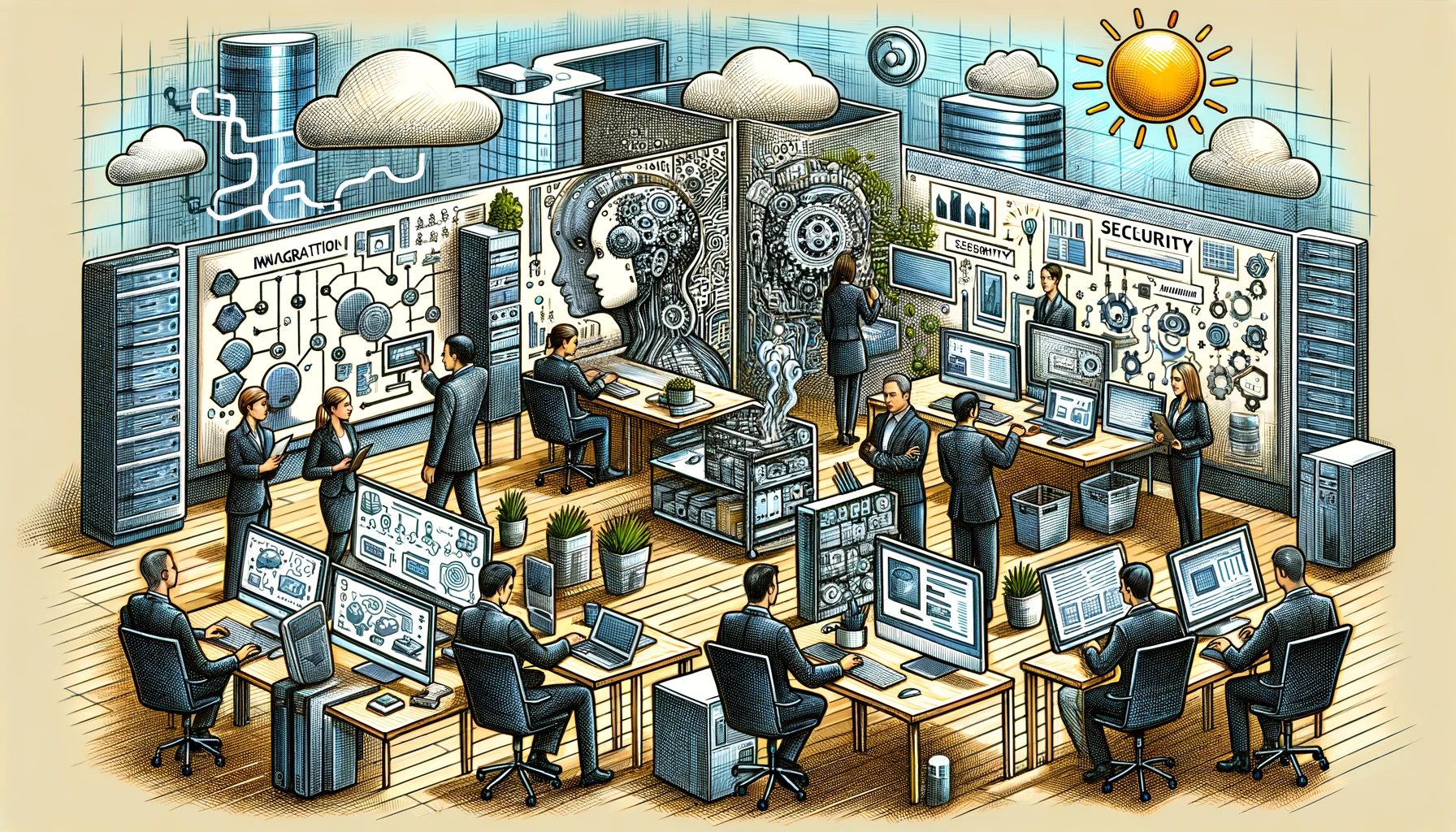 change management
change management
 change management
change management
 change management
change management
 change management
change management
 change management
change management
 change management
change management
 change management
change management
 change management
change management
 change management
change management





 扫一扫
添加客服
扫一扫
添加客服




